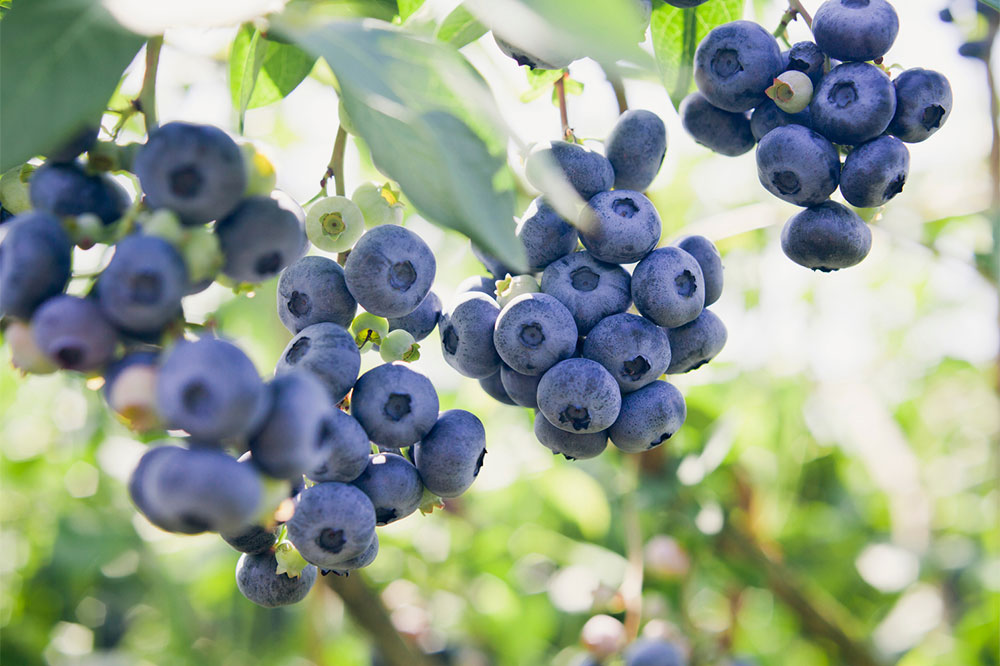3 effective ways to manage multiple sclerosis

Multiple sclerosis is a chronic or long-term condition of the brain and spinal cord, the two main parts of the central nervous system. The disease affects each individual differently, causing varied and unpredictable symptoms like weakness, vision problems, and bowel issues. It occurs when the immune system attacks myelin, the protective layer insulating wire-like nerve fibers. While there’s no known cure yet, there are multiple ways to manage multiple sclerosis:
Treatment options
Several treatments are available for multiple sclerosis. Doctors may prescribe the following treatments to help patients manage the disease.
PONVORY®
The FDA has approved PONVORY® (ponesimod) for treating relapsing forms of multiple sclerosis, including relapsing-remitting disease, active secondary progressive disease, and clinically isolated syndrome. It can lower relapse episodes and the number of lesions and slow down disease progression. PONVORY® is thought to work by reducing the number of immune cells, called lymphocytes, in the blood. It’s an oral treatment usually taken once a day with or without food. Some common side effects include upper respiratory tract infections, elevated liver enzymes (abnormal liver tests), and high blood pressure.
KESIMPTA®
KESIMPTA® (ofatumumab) is an FDA-approved treatment for adults with relapsing forms of multiple sclerosis. It’s a monoclonal antibody that works by depleting some immune B cells, which have been thought to contribute to nervous system damage in the disease. KESIMPTA® comes in the form of an injection that must be taken only once every month. Some potential side effects include sore throat, runny nose, headache, skin redness, swelling, itching, or pain at the injection site.
OCREVUS®
OCREVUS® (ocrelizumab) is FDA-approved for two purposes: treating primary progressive multiple sclerosis and relapsing forms of multiple sclerosis in adults. It is believed to work by targeting specific types of B cells. OCREVUS® has been proven to reduce relapses, slow disability progression, and lower brain lesions. It comes in the form of an injection that is meant to be taken only twice a year. Common side effects include upper or lower respiratory tract infections and redness and swelling at the infusion site.
Modify meal plans
Foods can’t cure multiple sclerosis, but they can help manage the disease by soothing symptoms, preventing or controlling its progression, and reducing flare-ups. Some of the best foods that can help with multiple sclerosis are:
Fresh fruits: Almost every fresh fruit, such as blueberries, strawberries, oranges, kiwis, and papaya, has micronutrients and antioxidant chemicals, including polyphenols, carotenoids, and anthocyanins. Some studies show that antioxidant-rich leafy greens can lower pain, fatigue, cognitive impairment, and depression in those with the disease.
Leafy greens: Spinach, kale, collard green, and other leafy greens are chock-full antioxidants, which can help decrease inflammation associated with multiple sclerosis. Plus, they contain high amounts of magnesium, a mineral linked to a reduced risk of disease progression.
Turmeric and ginger: These fragrant spices are well known for their potent healing properties. The yellow spice turmeric contains an active ingredient called curcumin, which may help decrease the severity of the health condition. Ginger contains anti-inflammatory compounds that can soothe brain or spinal cord inflammation.
Fatty fish: Fatty fish like salmon, mackerel, herring, and tuna are packed with omega-3 fatty acids, which can help block the body’s inflammatory response, controlling the disease. Besides, they are rich in vitamin D, a nutrient multiple sclerosis patients often lack. Vitamin D can help prevent and slow disease progression.
To manage multiple sclerosis effectively, it’s also crucial to avoid certain foods:
Red meat: Beef, pork, lamb, and other red meats contain lots of saturated fats, which are among the worst types of fats for people with multiple sclerosis. This type of fat can cause inflammation and make symptoms worse.
Cookies: These are typically high in sugar and can cause severe blood glucose spikes and drops that can contribute to more severe symptoms, especially fatigue. Avoid other sugary foods and beverages, such as candies, ice cream, fruit juices, and pastries.
White bread: White bread is refined carbs that can cause blood sugar spikes, which can exacerbate symptoms and contribute to disease progression.
Make certain lifestyle changes
Living a healthier lifestyle can decrease the rate of progression of multiple sclerosis and help ease its symptoms. Some lifestyle changes to consider include:
Exercising regularly
Being physically active can help improve several multiple sclerosis symptoms, such as balance, fatigue, mobility issues, and pain. Health experts recommend getting at least 150 minutes of exercise per week. Exercise should be moderate in intensity, such as walking, swimming, gentle stretching, and resistance training. It’s best to work with a physical or occupational therapist who can create a personalized exercise routine for those with the disease.
Engaging in brain-stimulating activities
People with multiple sclerosis are at a higher risk of cognitive impairment. A great way to prevent that and maintain brain function is to engage in activities that demand concentration and focused thinking. These activities include crossword puzzles, word games, memory games, and reading.
Improving sleep
Quality sleep is crucial for combating multiple sclerosis. Sleep helps the body and mind relax, decreasing fatigue, a main symptom of the disease. Besides, some studies indicate that sleep disturbances can trigger a multiple sclerosis relapse. Doctors advise getting at least 7 hours of sleep every night. Those having trouble sleeping must practice healthy sleep habits such as sticking to a consistent sleep schedule, keeping the bedroom dark, quiet, and cool, and avoiding caffeine and heavy meals before bedtime.



